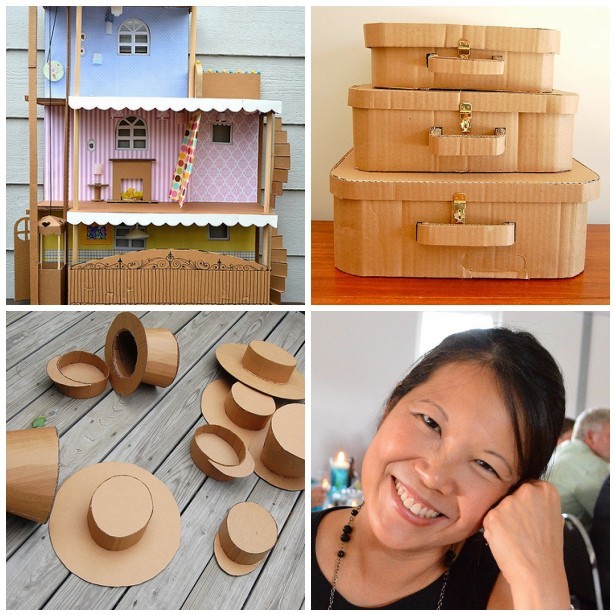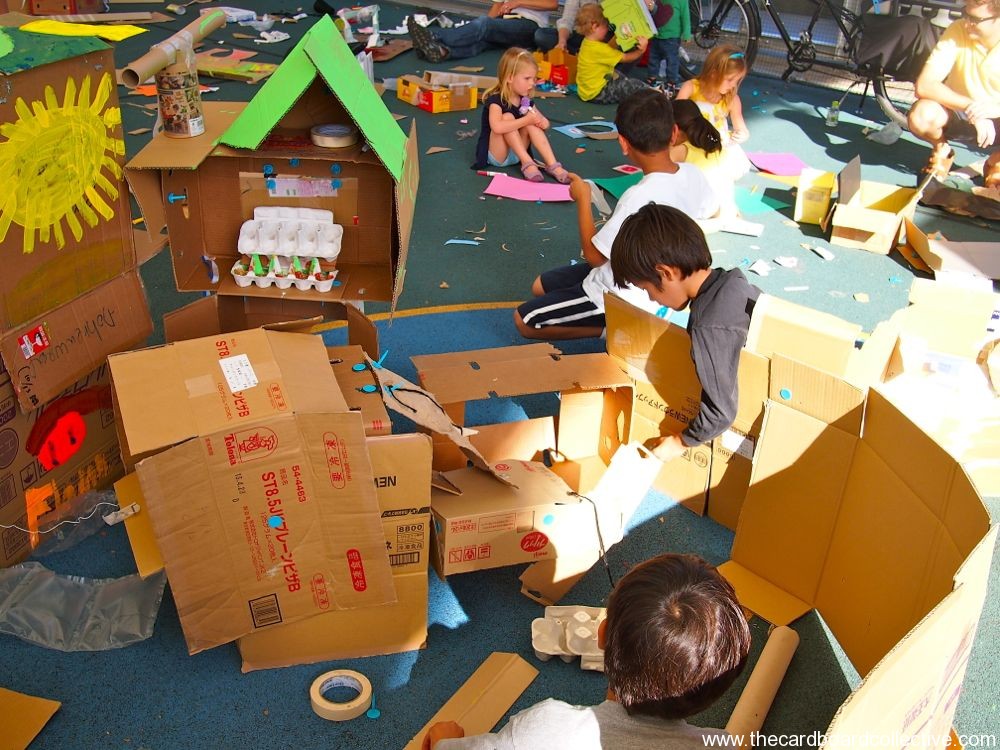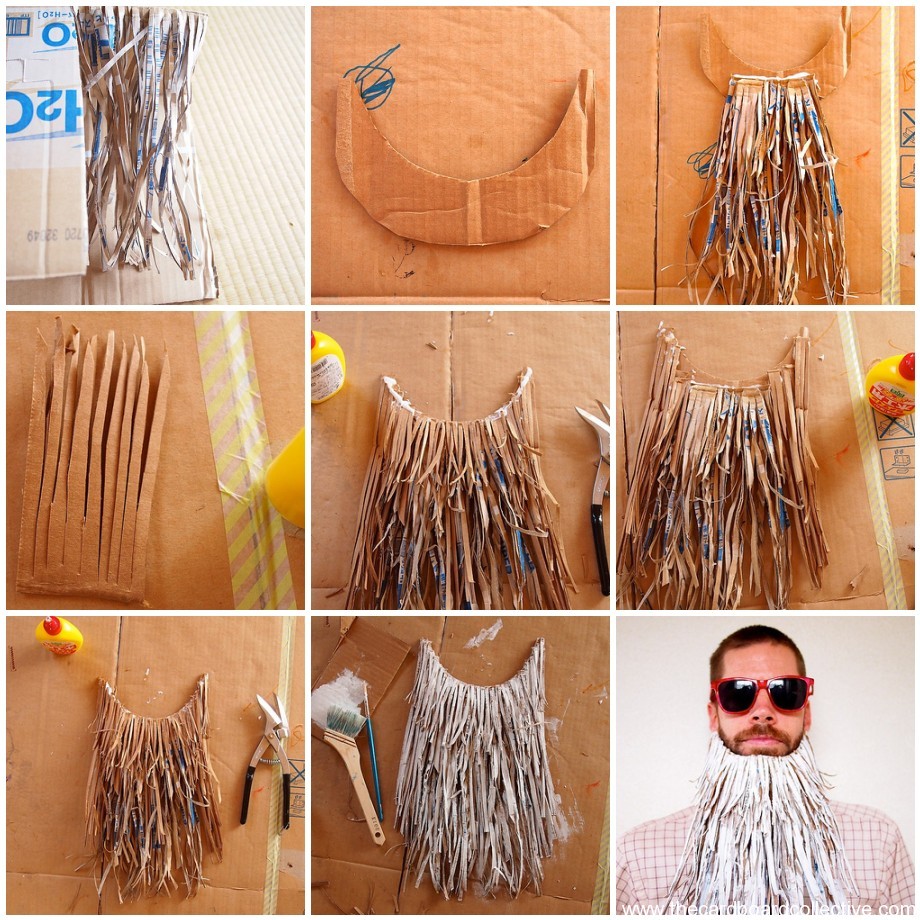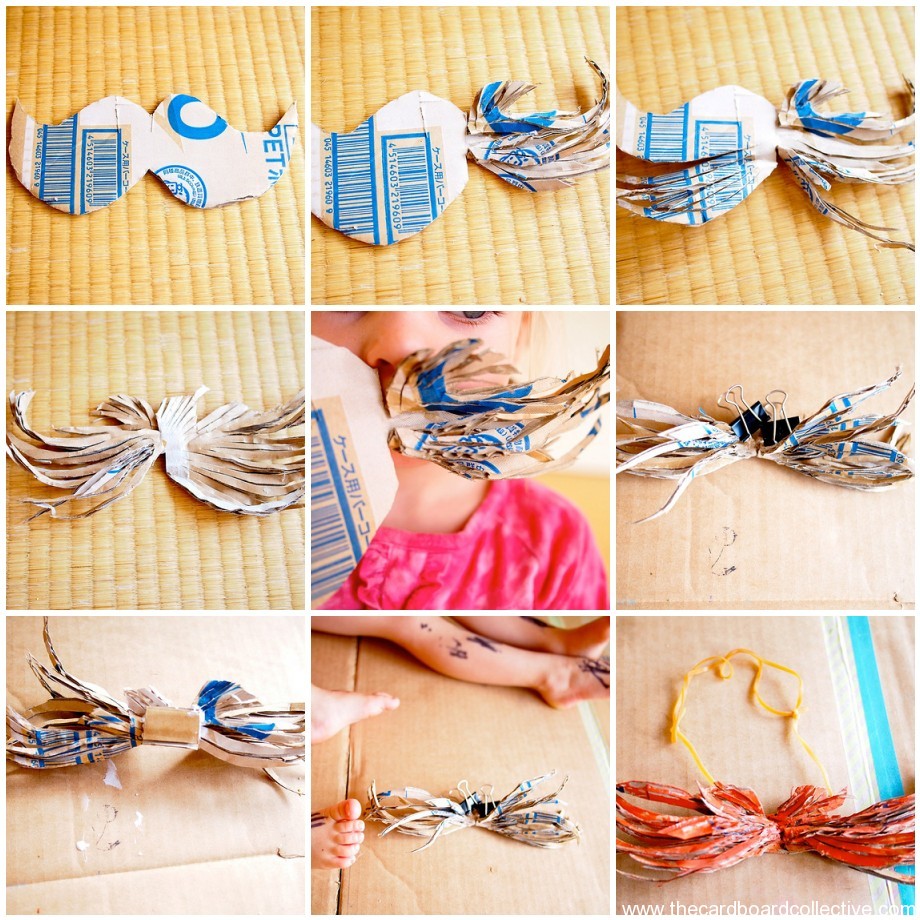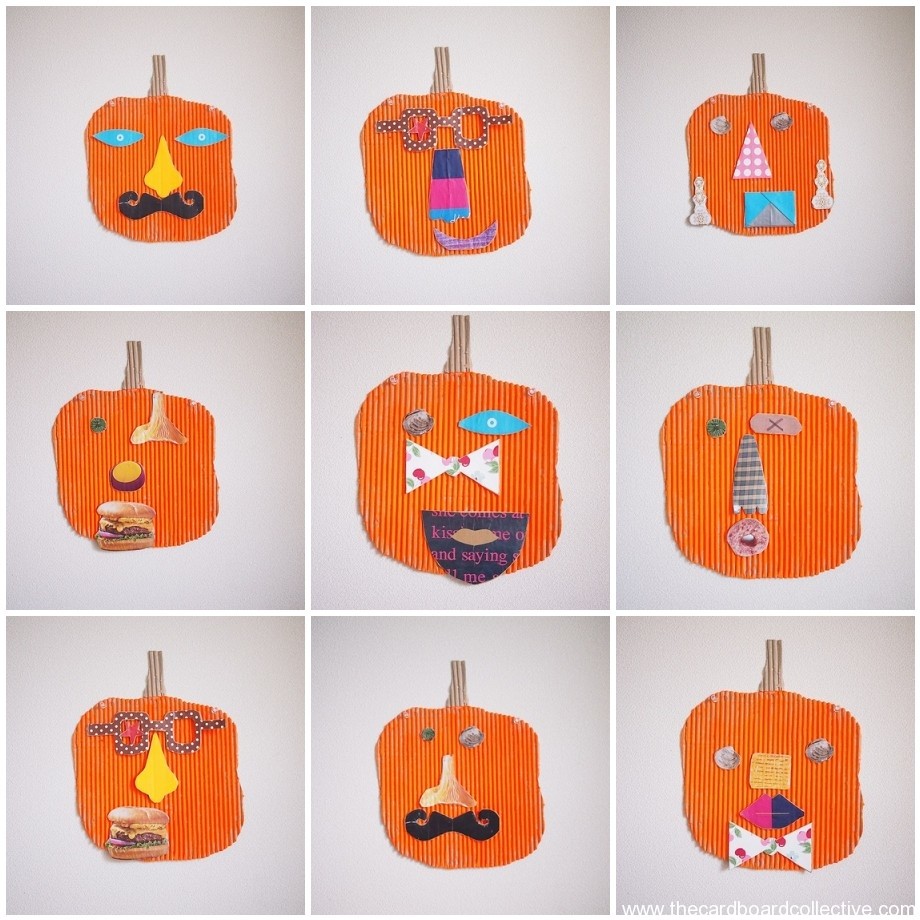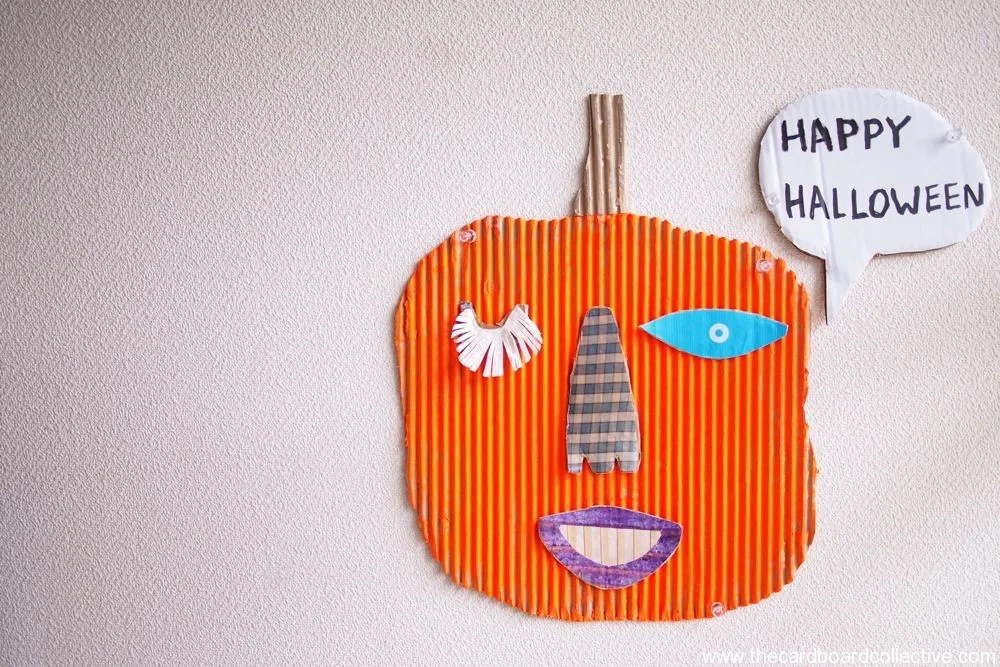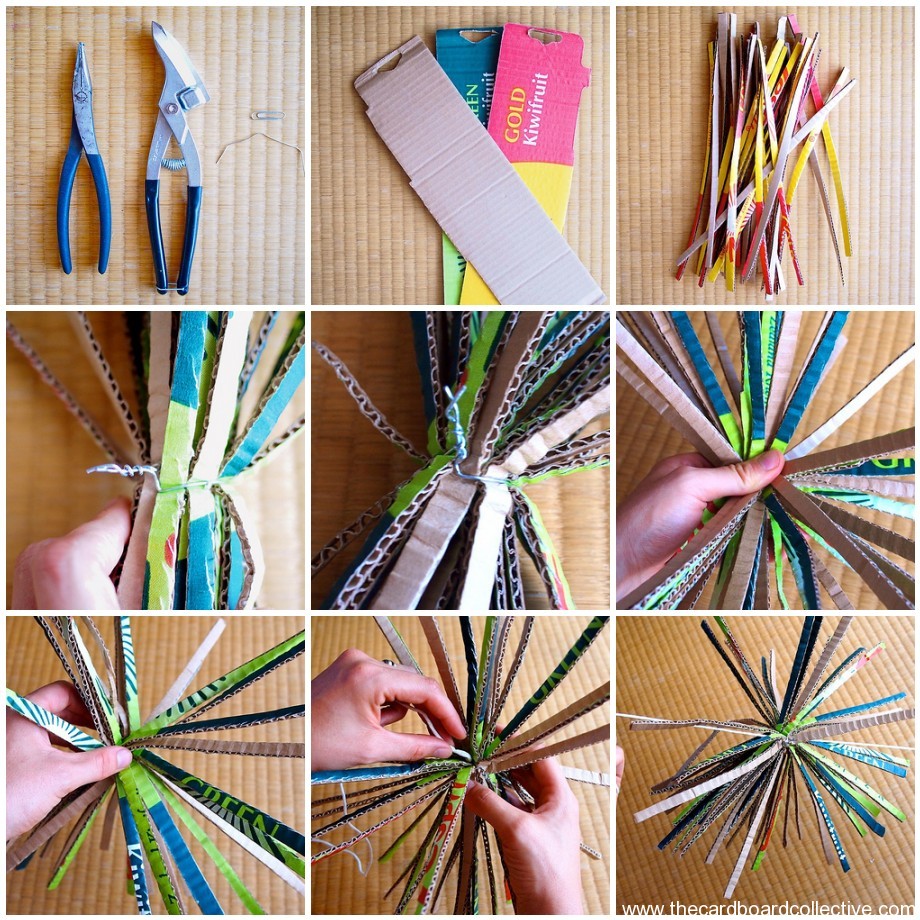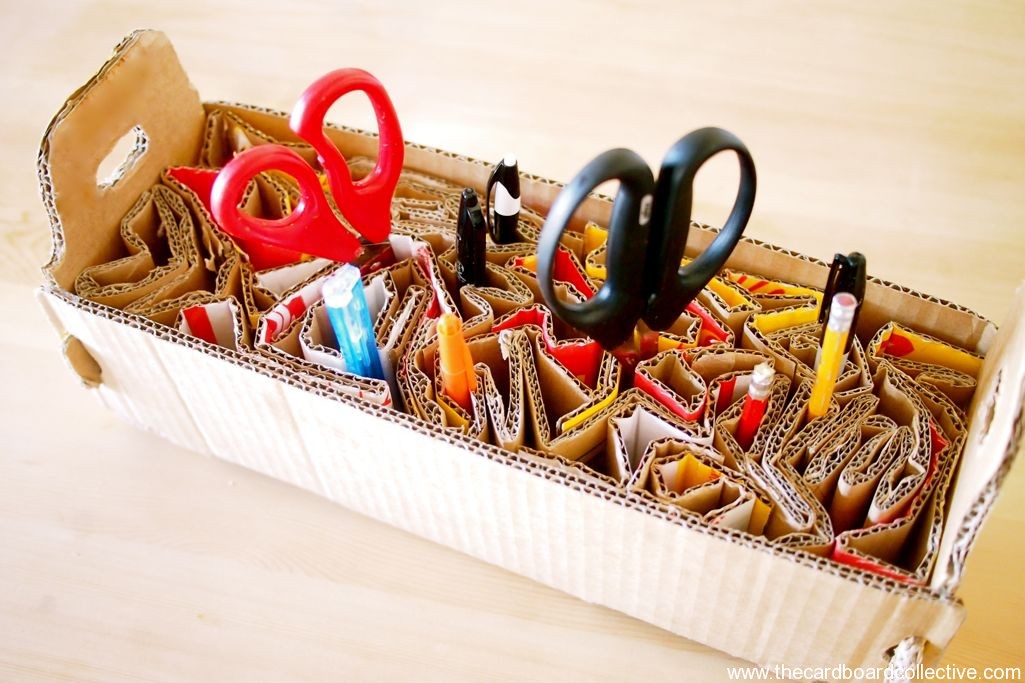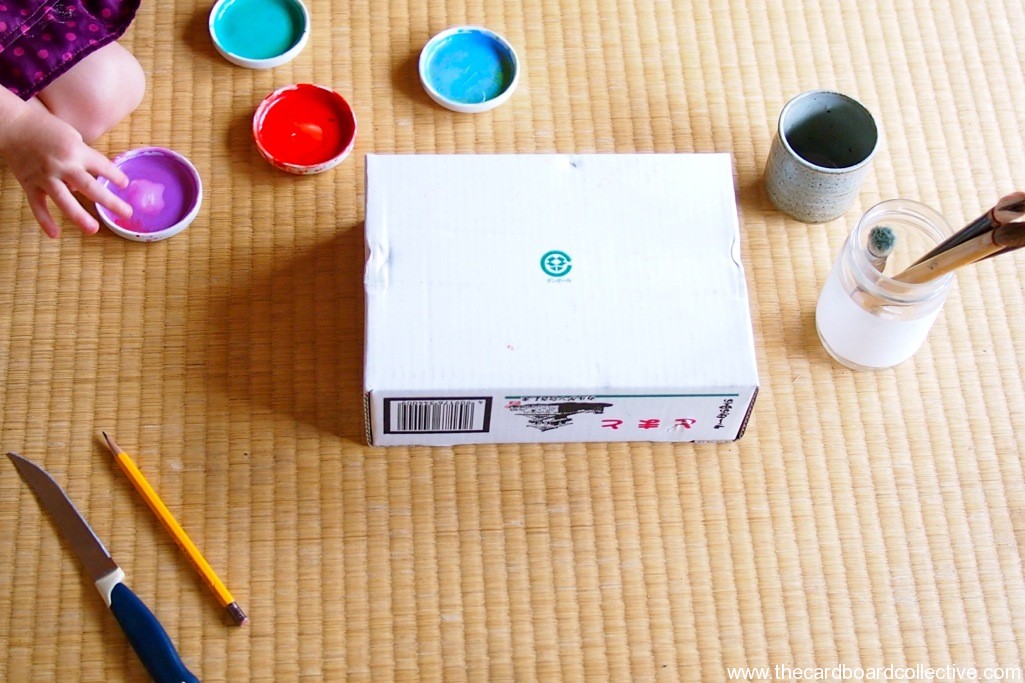 I snapped this photo of Electra playing with some leftover flowers from my Ikebana class earlier this week and started thinking about how I could downsize this "Big Box" arrangement into something that would be more easily displayed.
I snapped this photo of Electra playing with some leftover flowers from my Ikebana class earlier this week and started thinking about how I could downsize this "Big Box" arrangement into something that would be more easily displayed.
Enter the teacup.
I always love arranging in open-mouthed containers and teacups are just the right size to display at dinnertime without overwhelming the food and conversation.

So, here's my post about cardboard, teacups, and toddler flower arranging for the fabulous TinkerLab's flower challenge that starts today. If you haven't seen Rachelle's site, I highly encourage you to head on over there and check it out. She's got amazing activities and lots of ideas for turning your home into a creativity and innovation haven for your whole family.

You might be familiar with some of these traditional kinds of Japanese kenzan or "frogs" as my mom calls them. There are also glass and iron versions in beautiful shapes, and some are highly collectible.
The only problem with these types of kenzan is that they don't sit well in the bottom of a teacup. The tapered shape of the cup makes them wobbly and difficult to work with. For that reason, I came up with two different kinds of cardboard fixtures that could be used to stabilize the flowers, and were easy for little hands to use as well.


The first fixture is made out of a rubber band and cut up cardboard tubes. This style worked well for our white teacup that was relatively small in diameter. It's hard to construct this style if the diameter of the container is too big without ending up with a bunch of rubber bands and cardboard pieces shooting all over your kitchen. You also need to be careful not to let the cardboard tubes touch the water. They will melt.
The second fixture is made by tracing the mouth of the teacup onto waxy fruit box cardboard, and then cutting it down until it fits securely inside the cup. I poked holes in the cardboard with an awl but you can easily use a Phillips head screw driver or a nail. You want to make holes big enough for flower and foliage stems to easily fit through.
Negative Space
Don't fill the entire fixture with holes. You want to leave some negative space that you can later cover up with moss or some other kind of low-lying ground plant. If you use the cardboard tube style kenza, just leave about half of the space empty. This can really open up the arrangement and make it more pleasing to the eye.

We had a great time going out to collect plant materials together. Electra is learning to use scissors, so this was a great way for her to put her new skills to use. I have a pair of clippers that are spring-loaded, so they were very easy for her to use and I just carefully supervised her, helping point out stems that were a little easier to cut through.
We chose a large variety of foliage and flowers searching for as many different shapes and textures as we could find. We had so many great conversations when we were out flower picking in the little neglected spaces around our neighborhood. Electra cried, "Momma, you have to smell this one!" and "Feel how fuzzy this leaf is!"

When we got home we laid down newspaper and trimmed some of the stems, removing any leaves that would come close to the water. It was wonderful to finally just sit back and let Electra create her own arrangement.


After Electra finished arranging the flowers we covered the remaining part of the fixture with some luscious green moss. She was so proud of her arrangement!
I know she'll be eager to try again next week, perhaps with some clippings from our balcony garden? Nasturtium, fennel, mint and lavender sound like a delicious combination for celebrating summer vacation at this time next week!

Be sure to check out other blogger's submission at TinkerLab's Flower Challenge Blog Hop / Linky Party.
